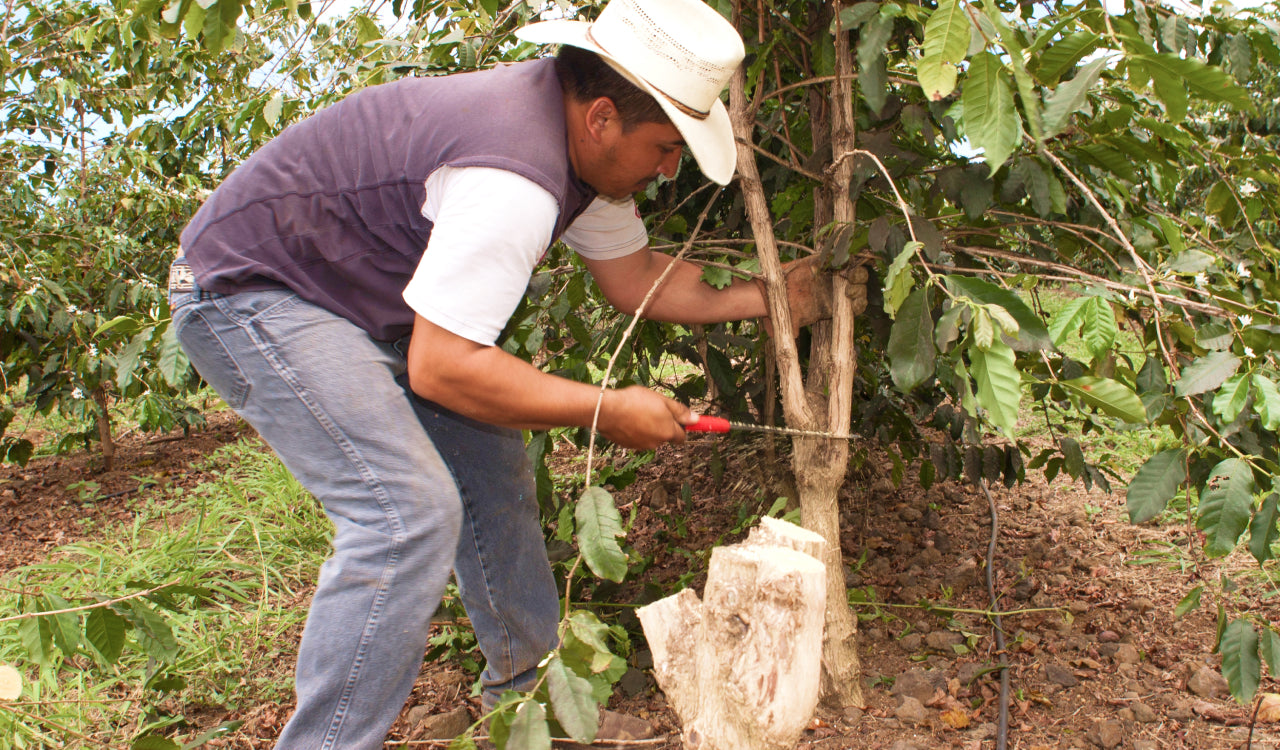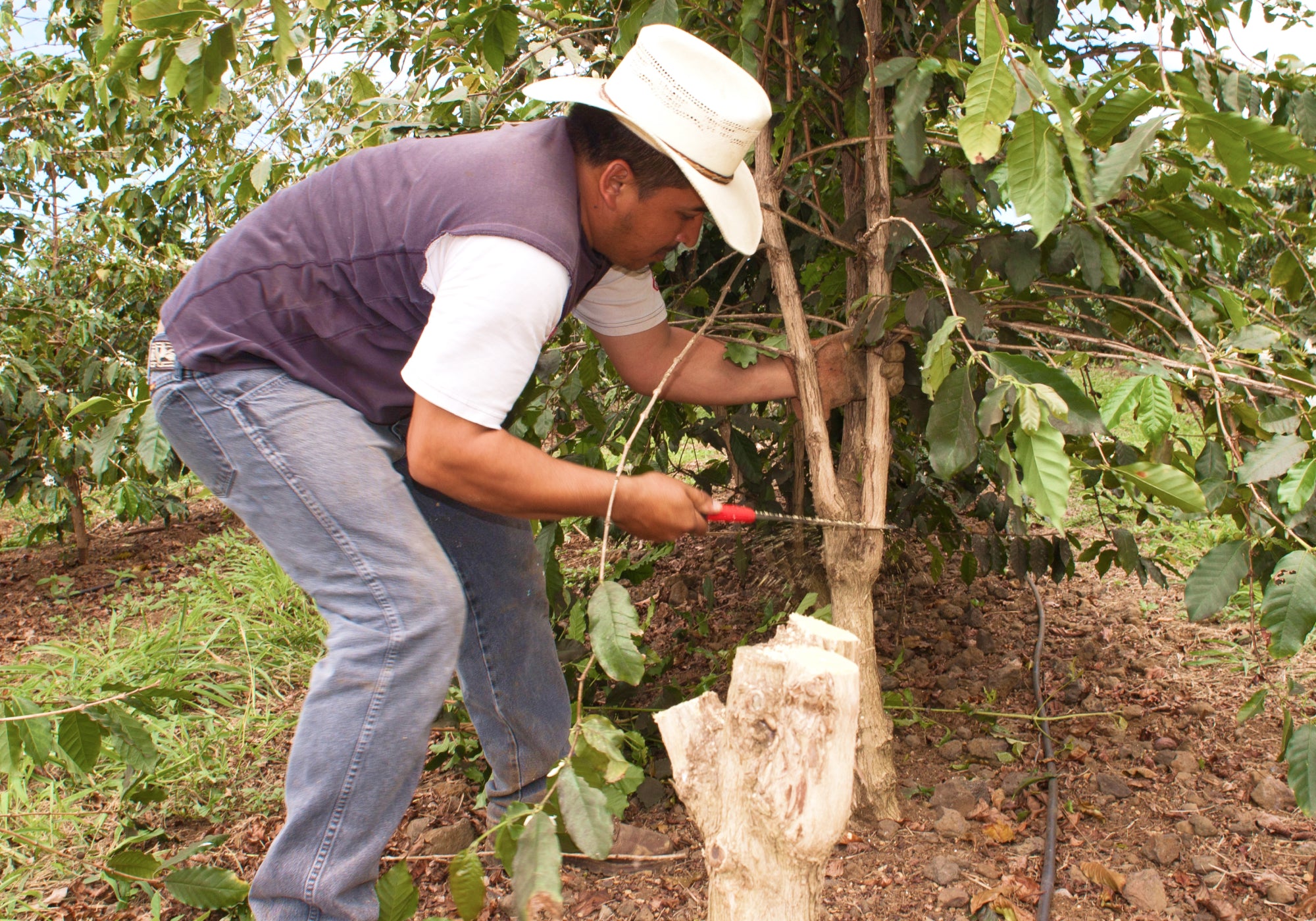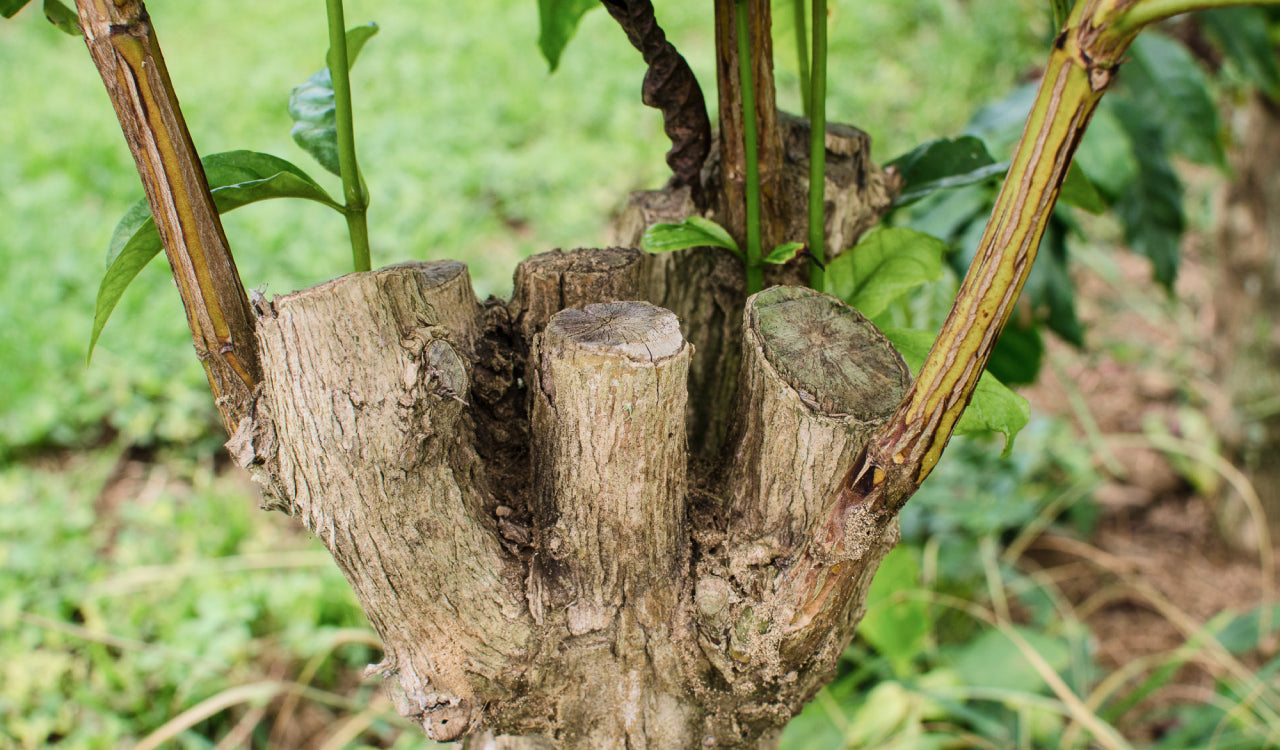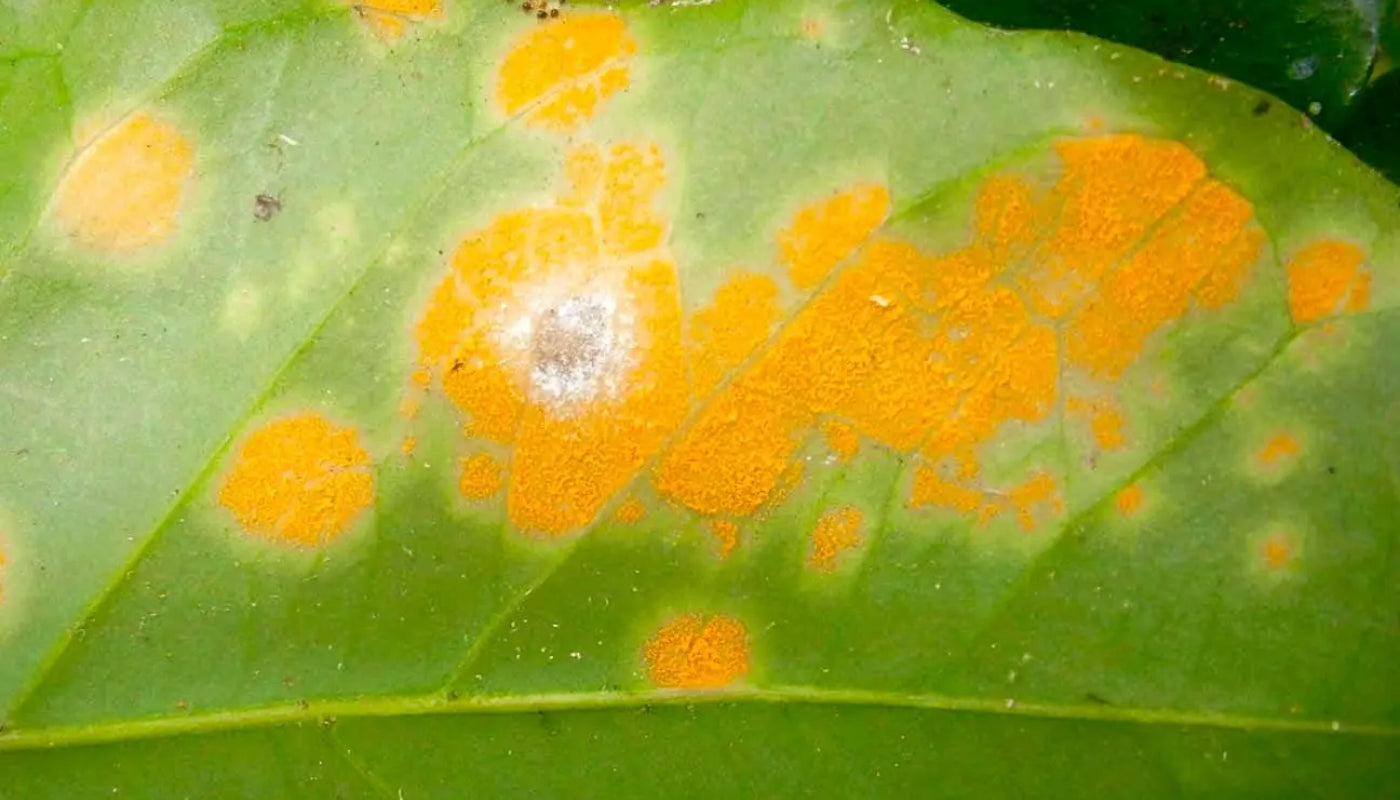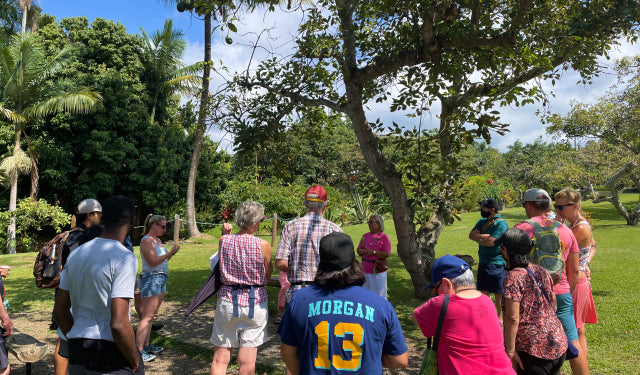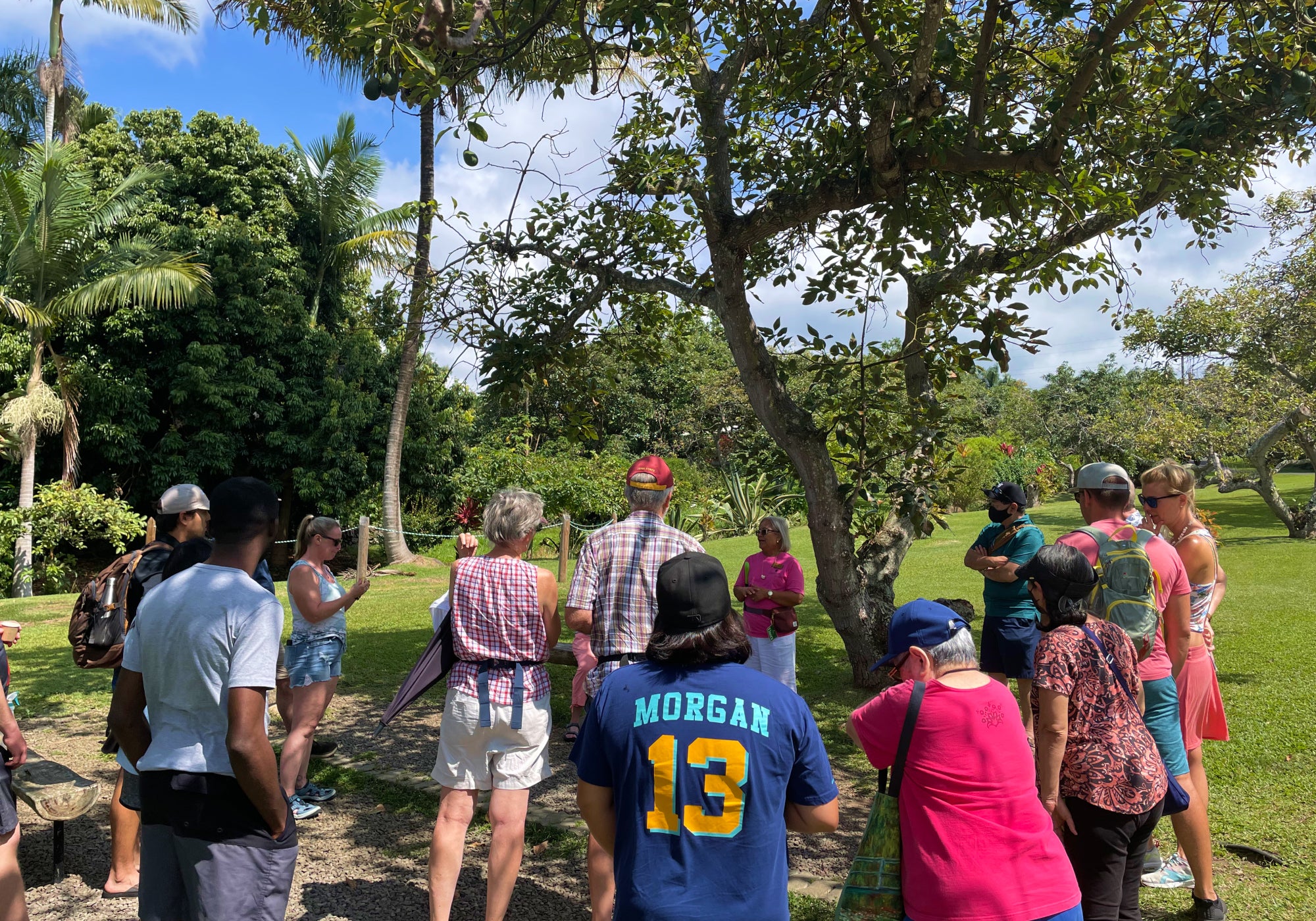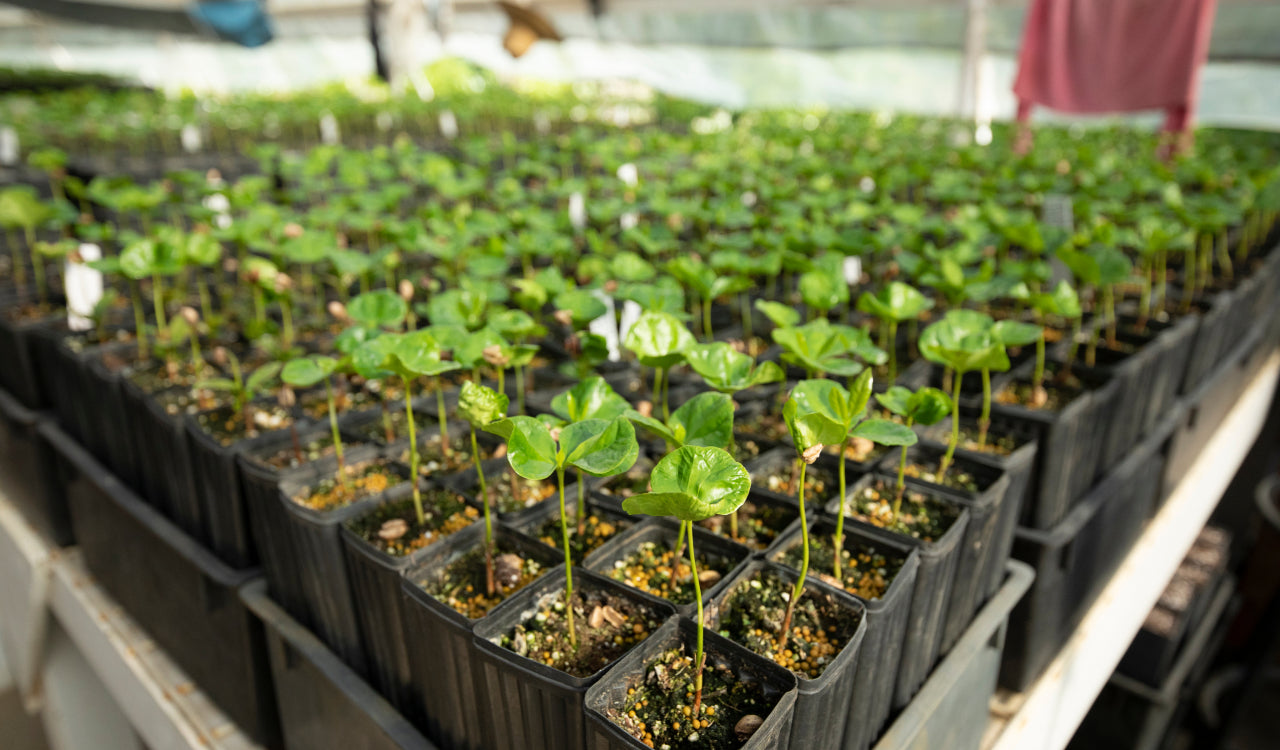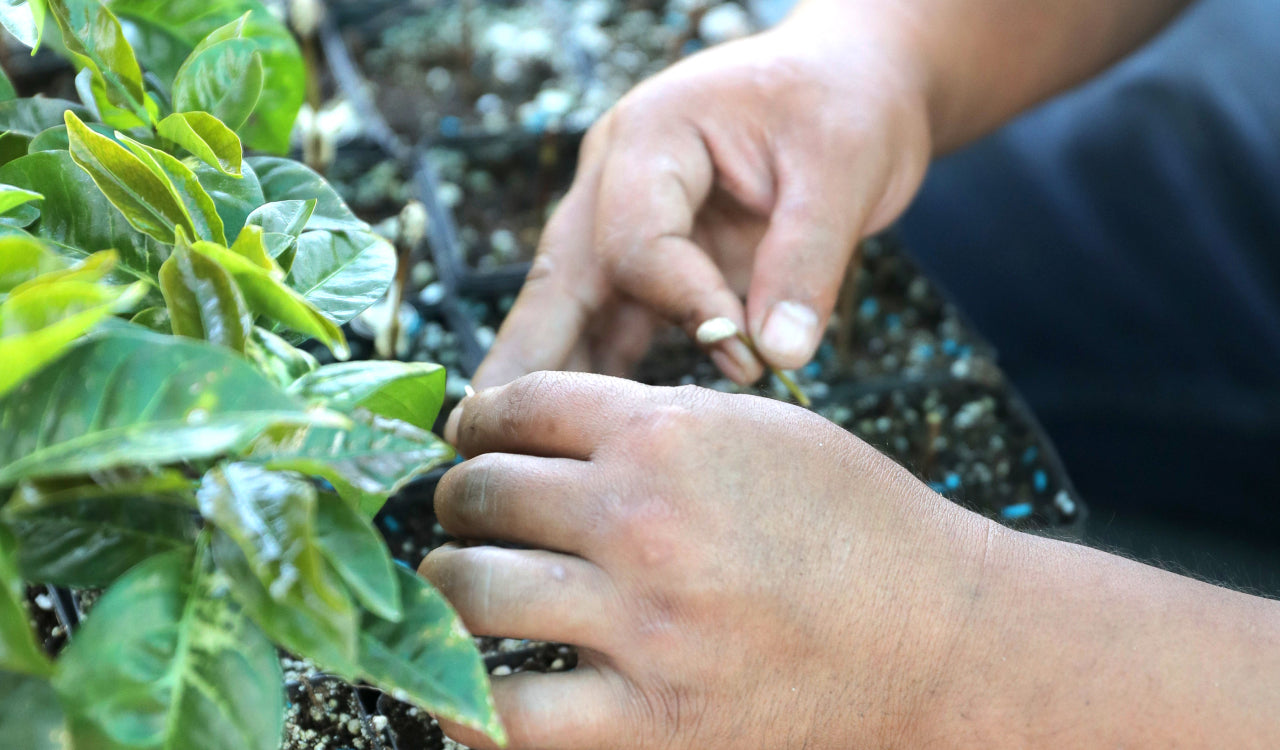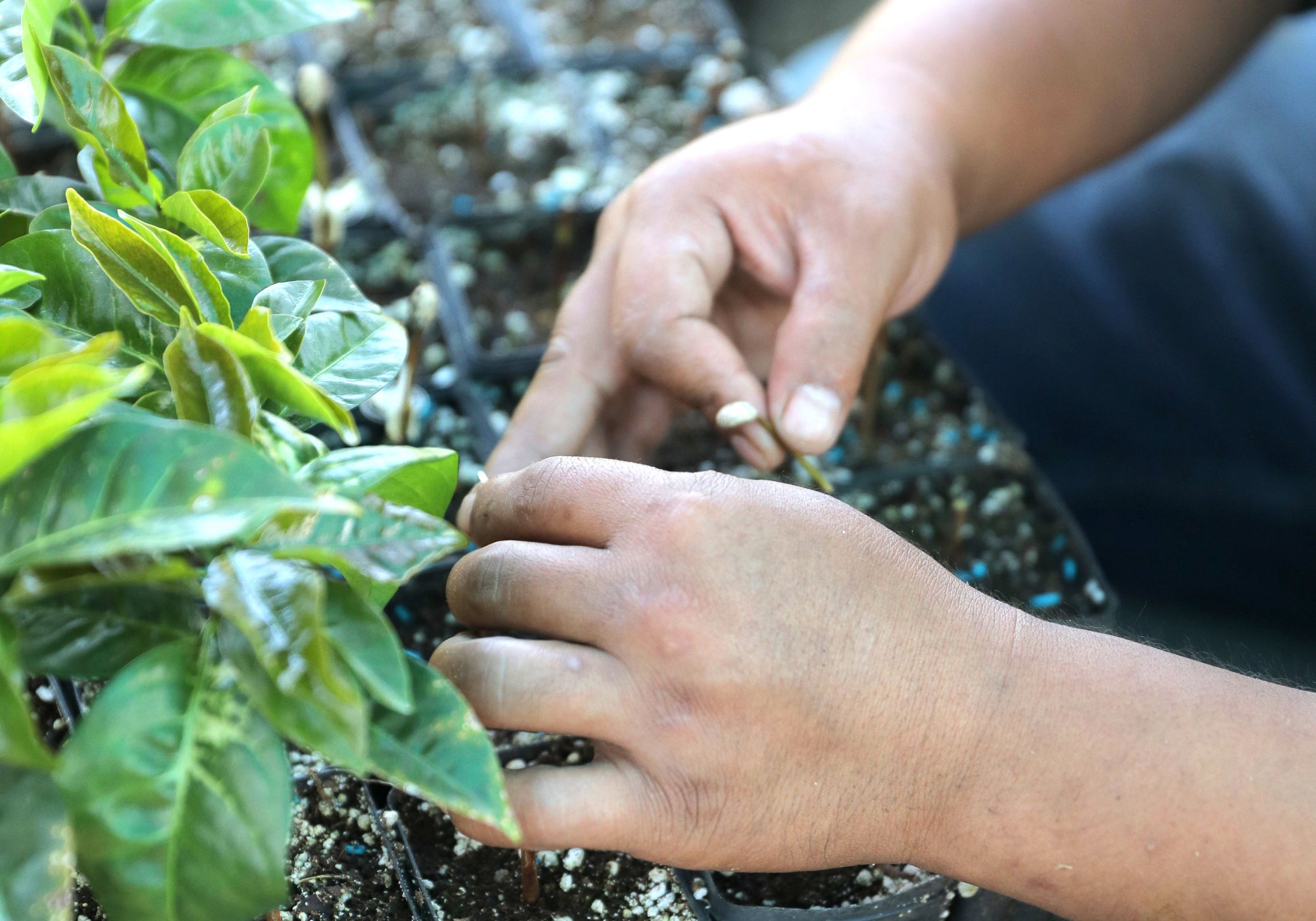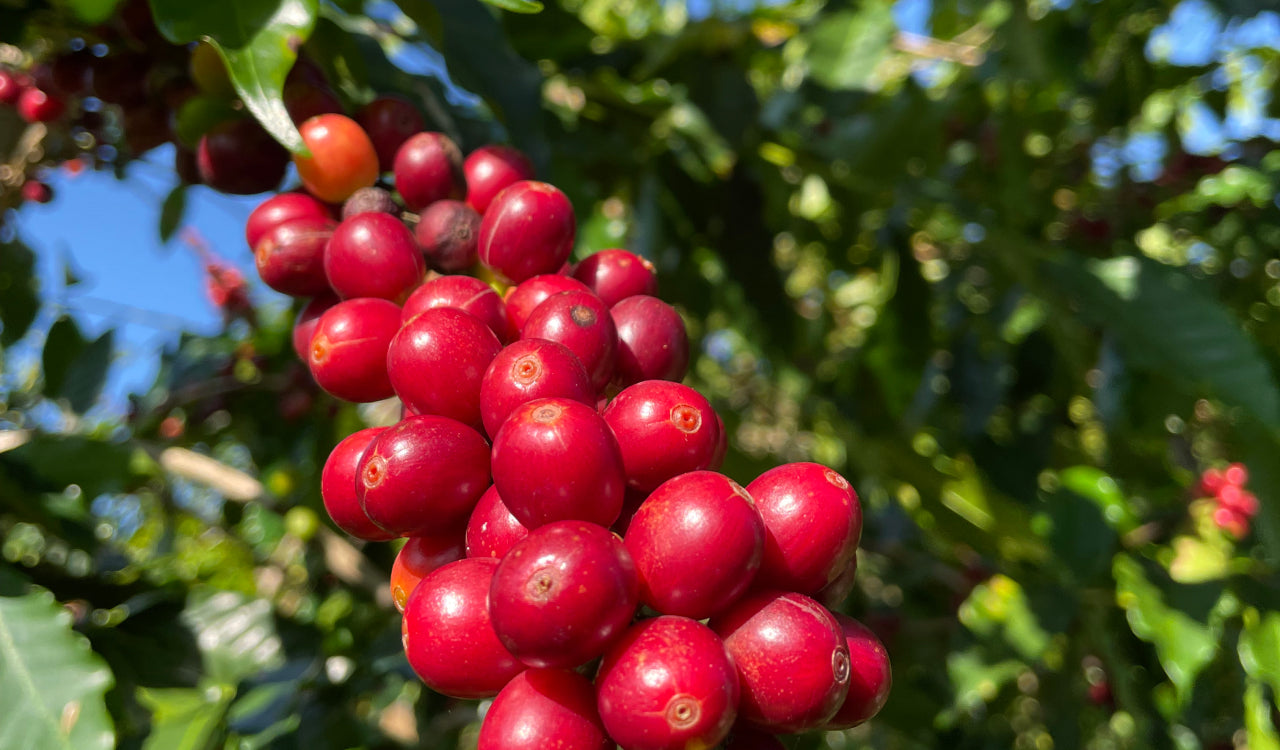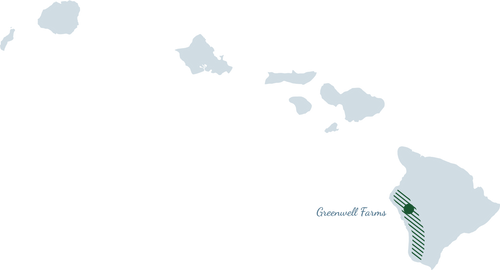If you have ever visited the islands, you know that the beauty, fragility, and rarity of this place are palpable, and the connection one feels to the natural splendor of Hawai’i is transformative. Greenwell Farms has stewarded the land here for over 170 years and it still surprises us, guides us, and sustains us. It is central to life in Hawai’i, vibrant land means vibrant people.
If you have ever visited the islands, you also know it is an incredibly varied collection of micro-climates. The Kona Coffee Belt is one of these, 35 miles long, a mile and a half wide, 500 to 3,200 feet in elevation with ample rainfall, well-drained, porous volcanic soil and a super temperate climate. Morning sun, afternoon cloud cover and soft winds, make this an ideal region for growing coffee.
For us it starts with a relationship, of getting to know the place you live and work, of nurturing and nourishing it for long-term sustainability and then doing everything in our power to make the trees healthy and happy. It means listening, observing and trying new things until we achieve the best possible outcome for both the coffee and the land that sustains it.
